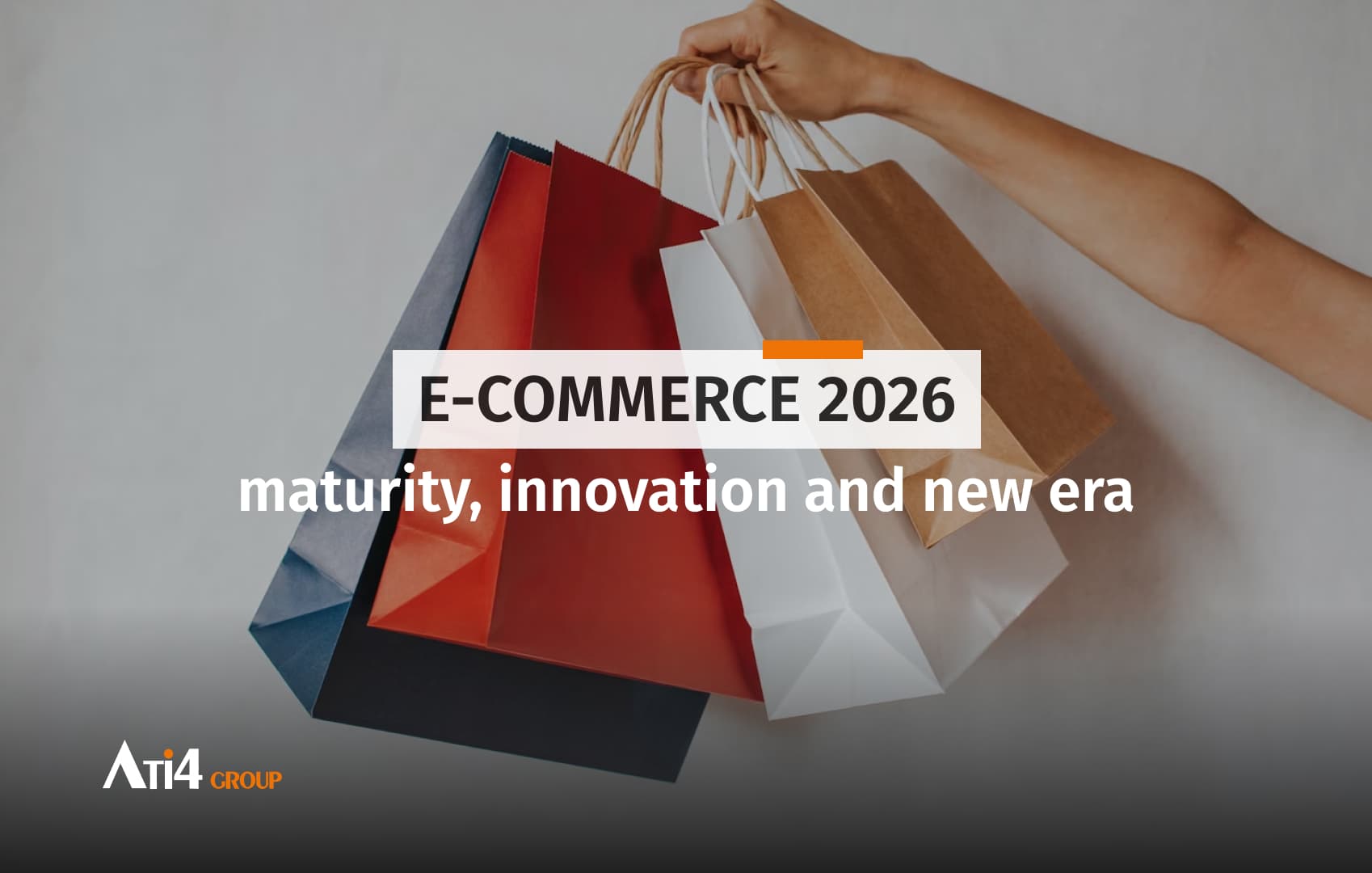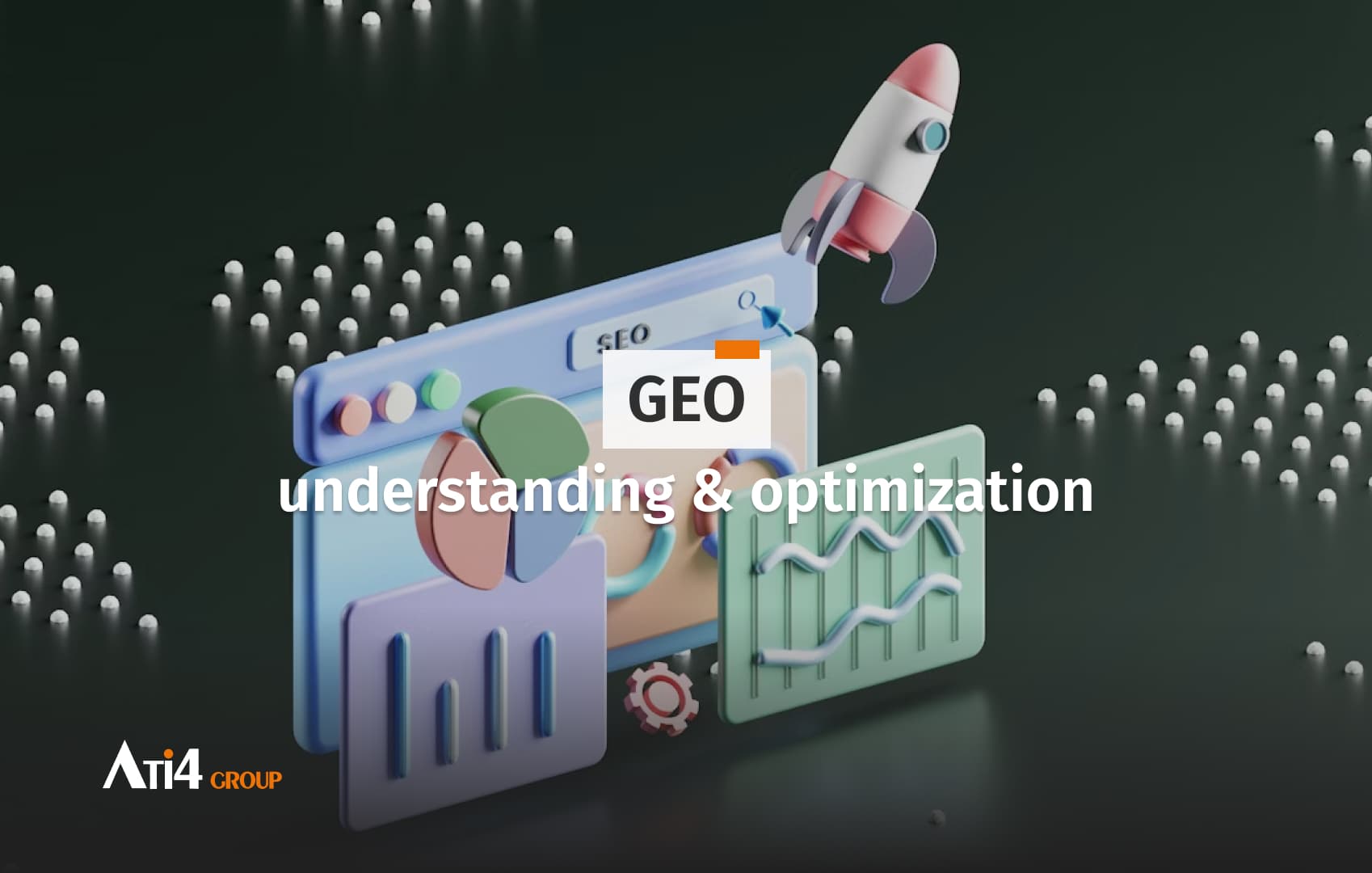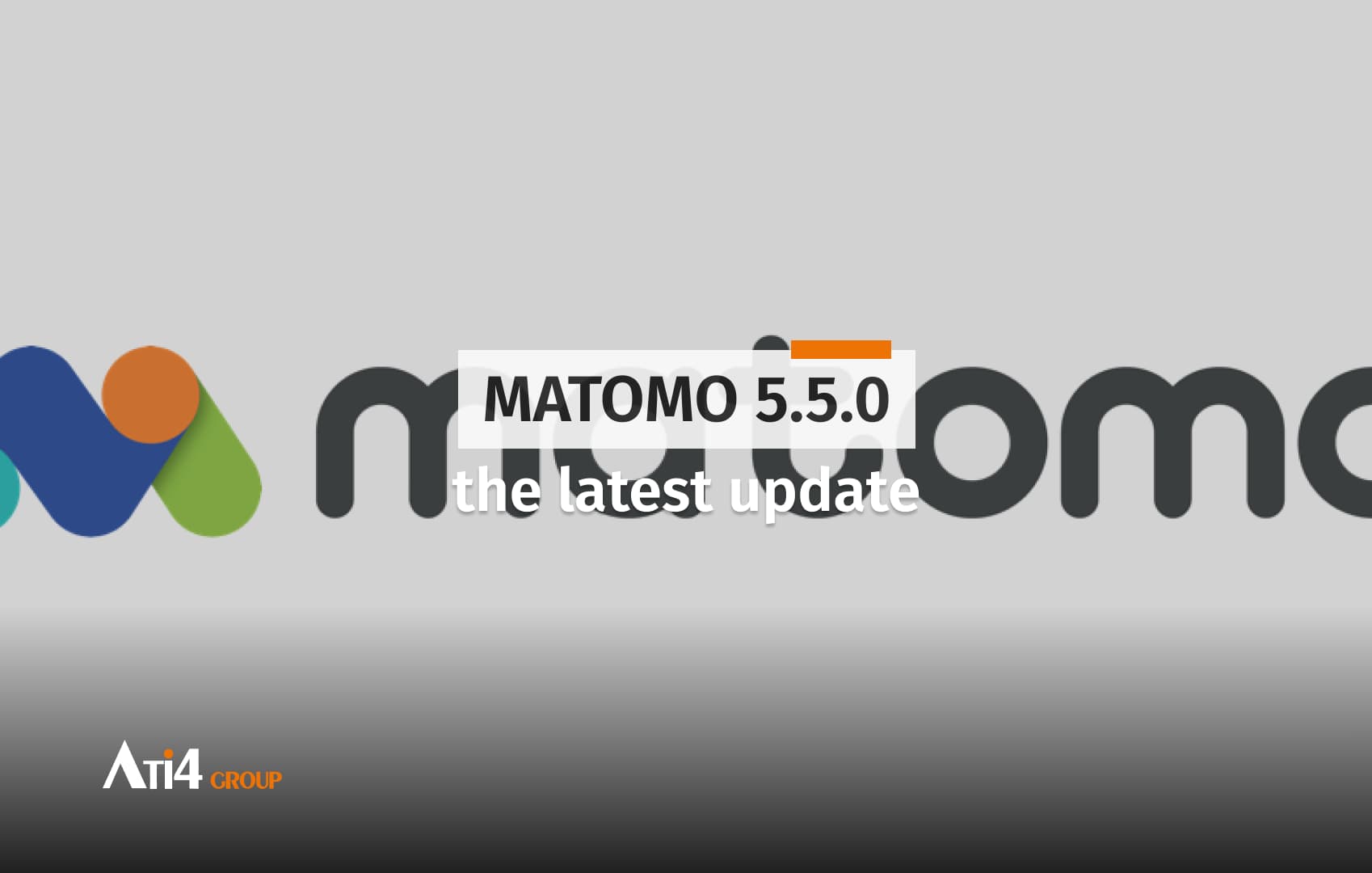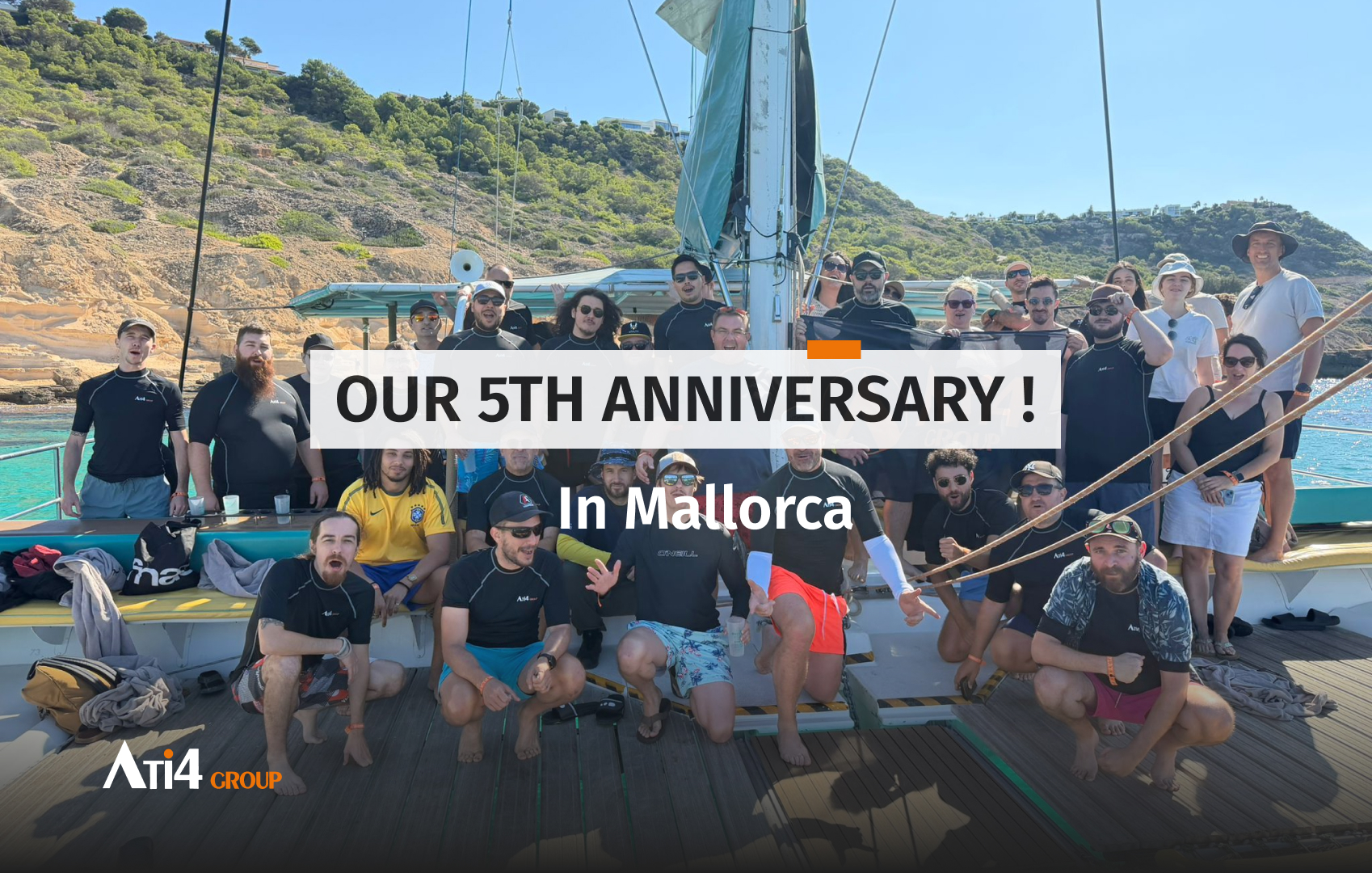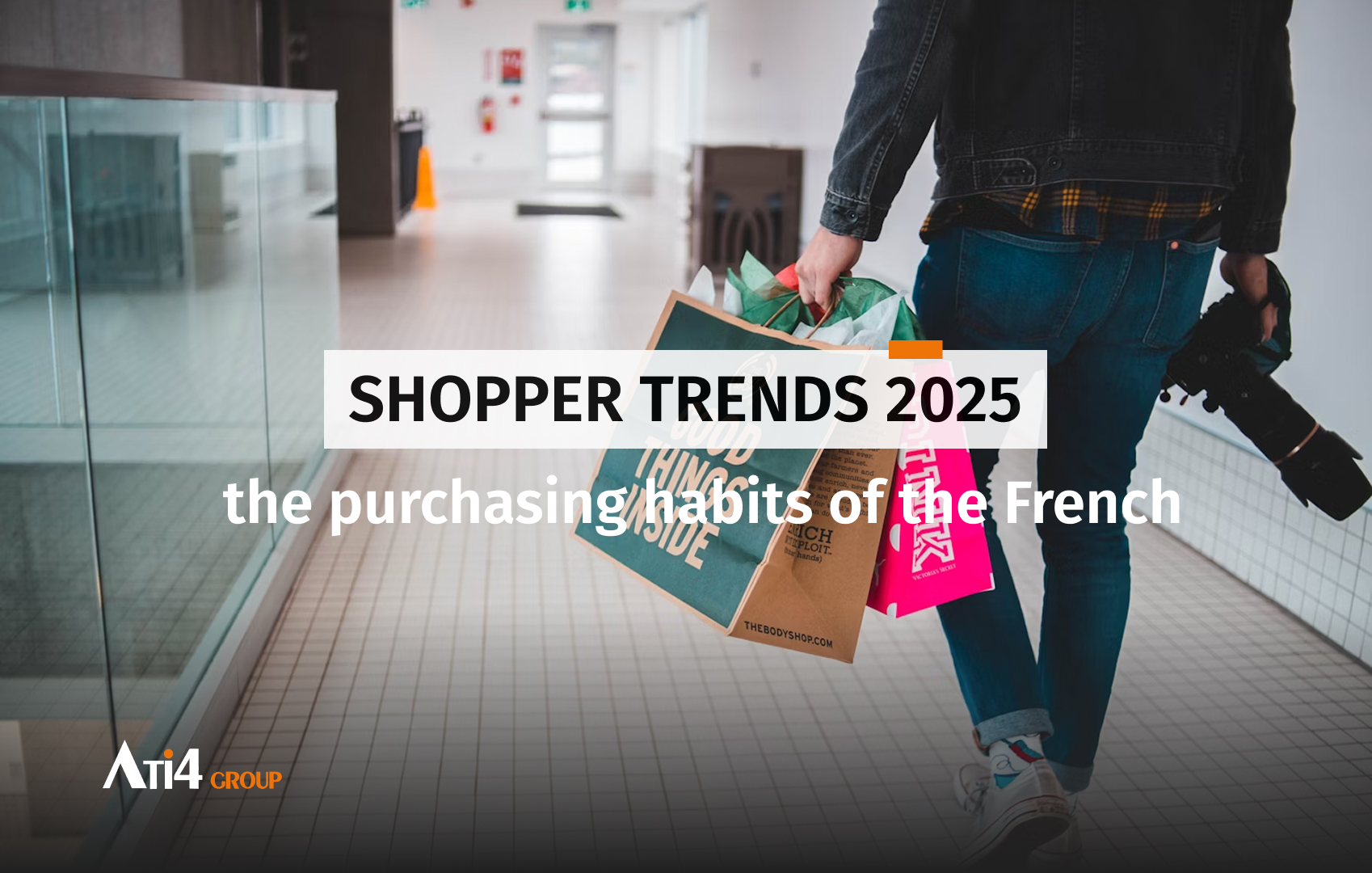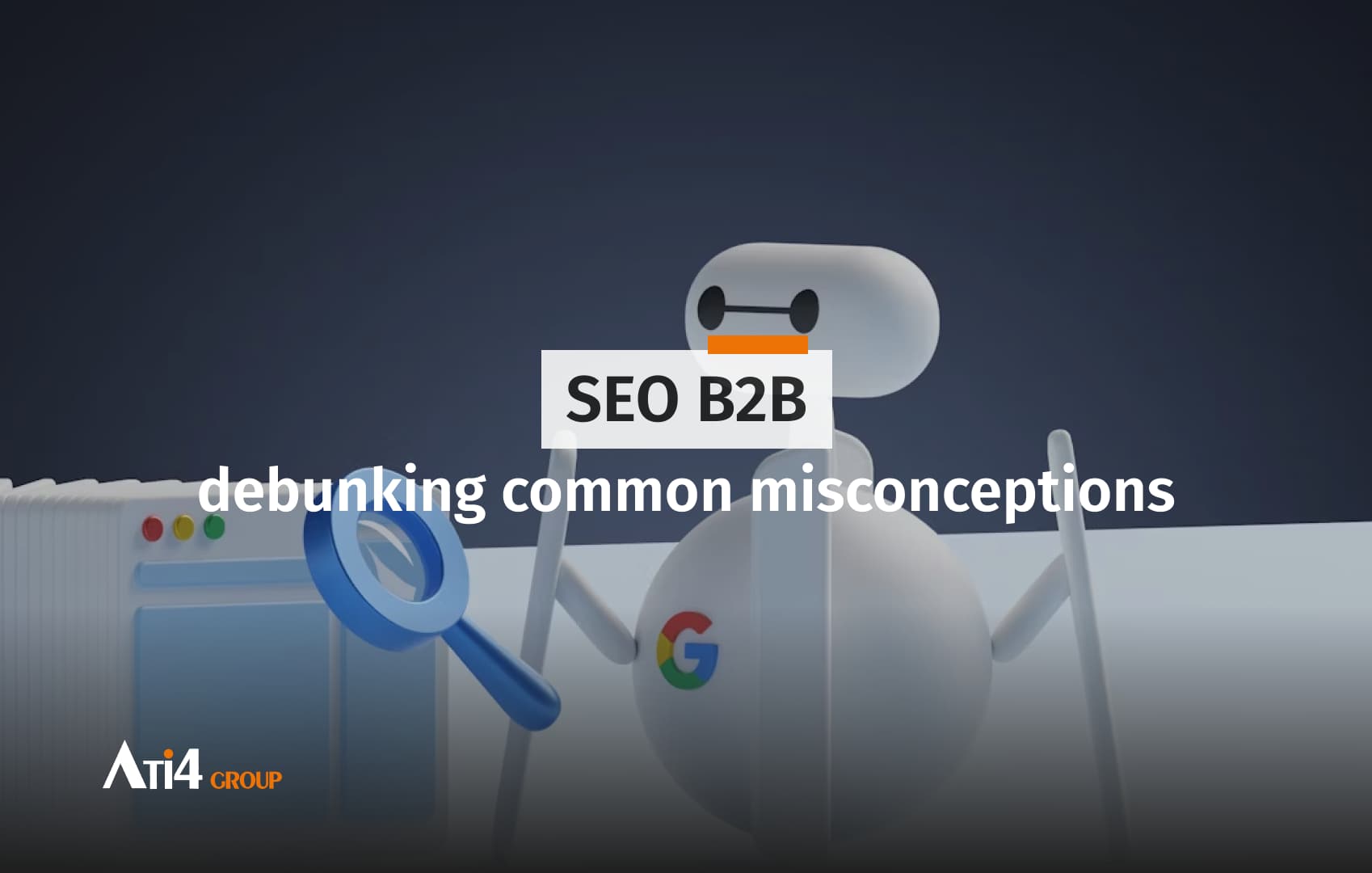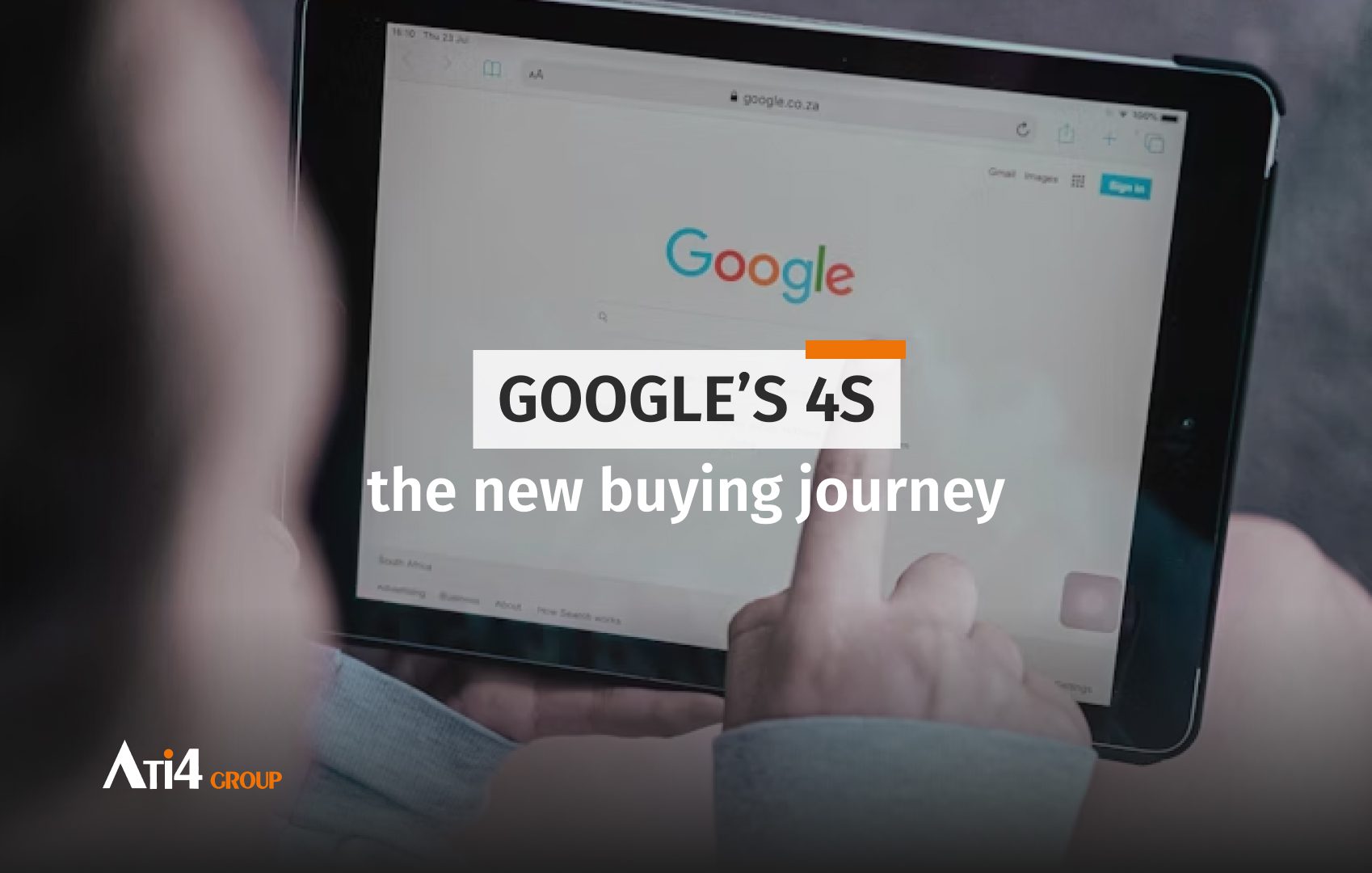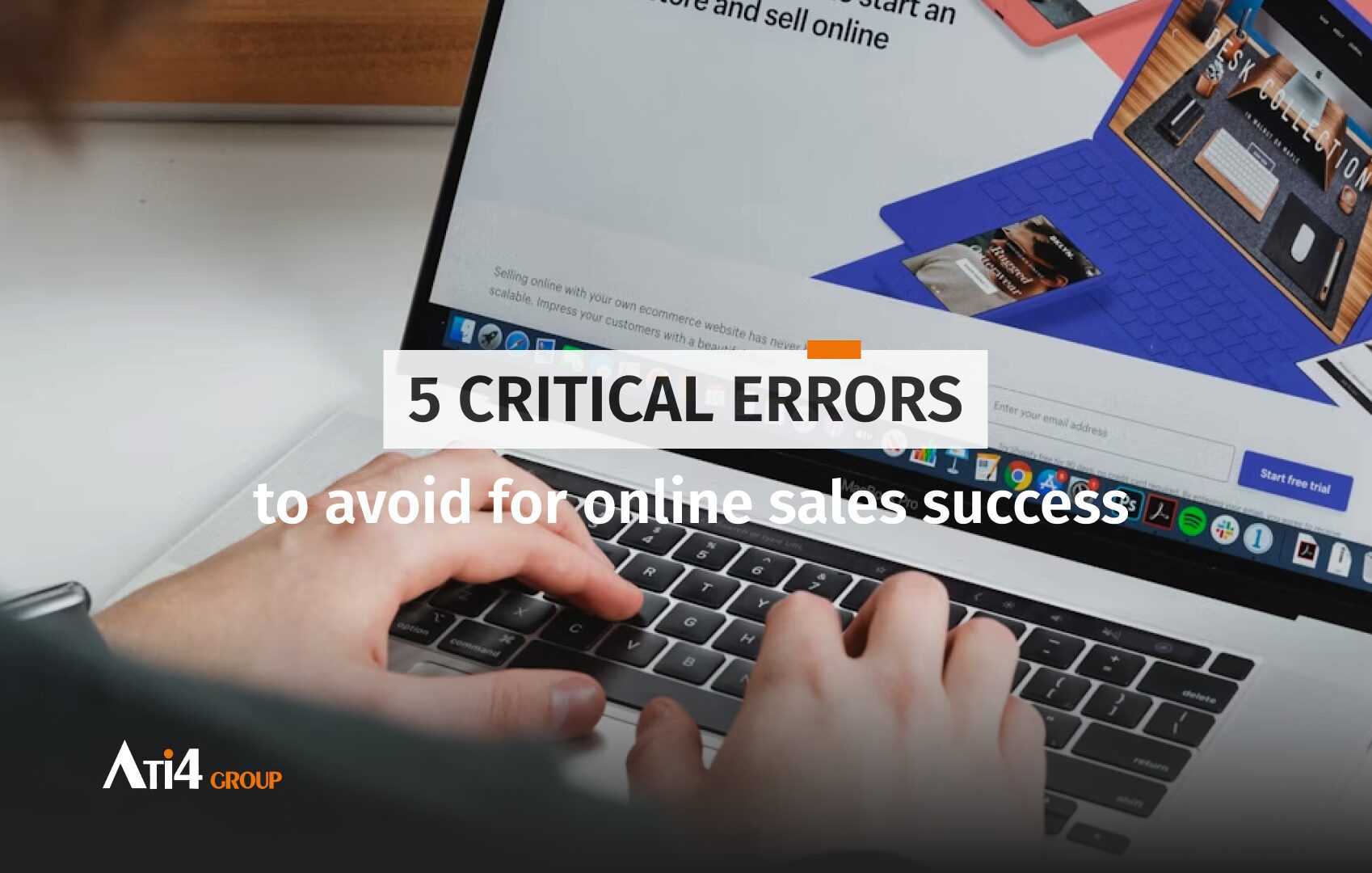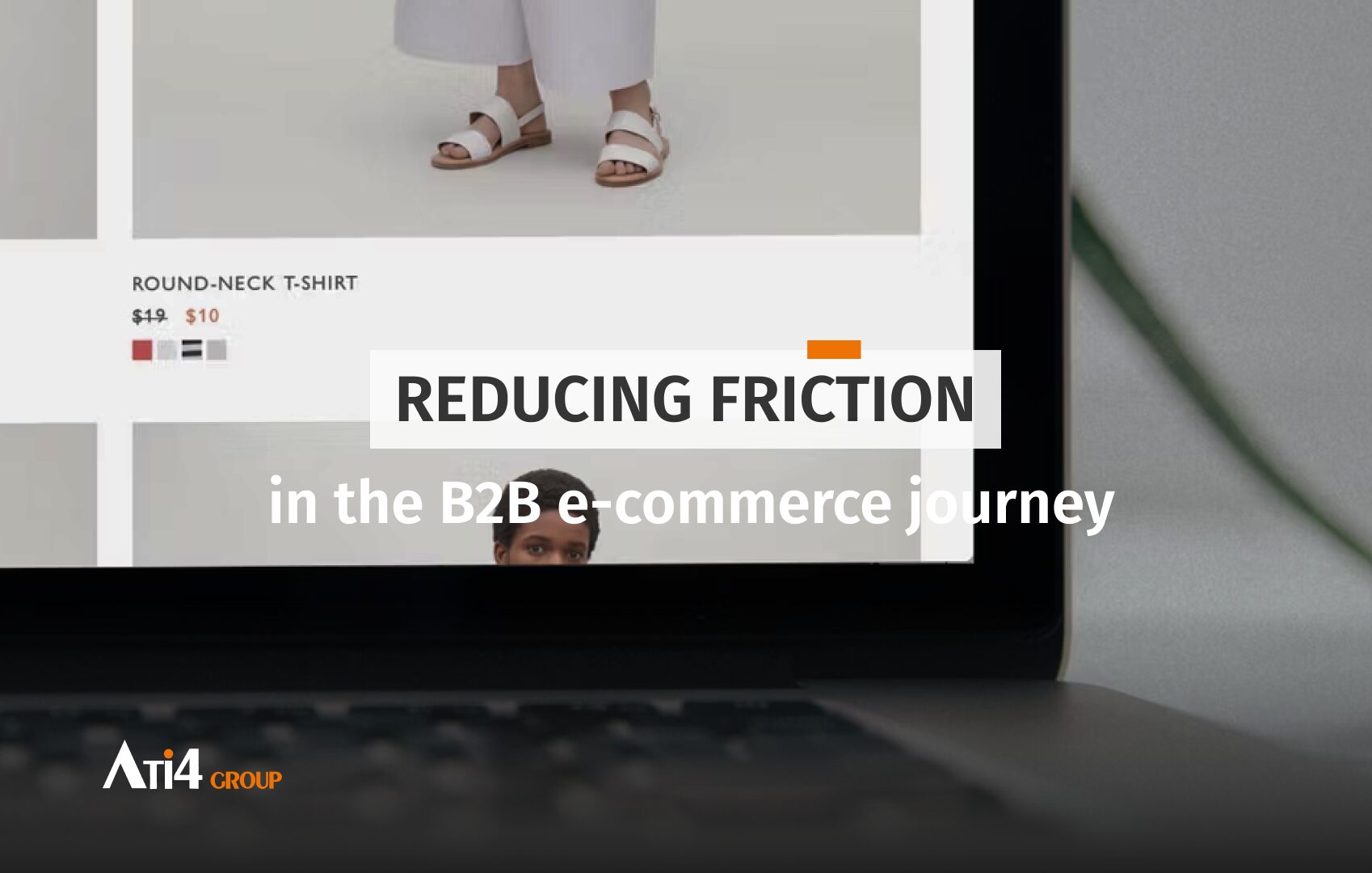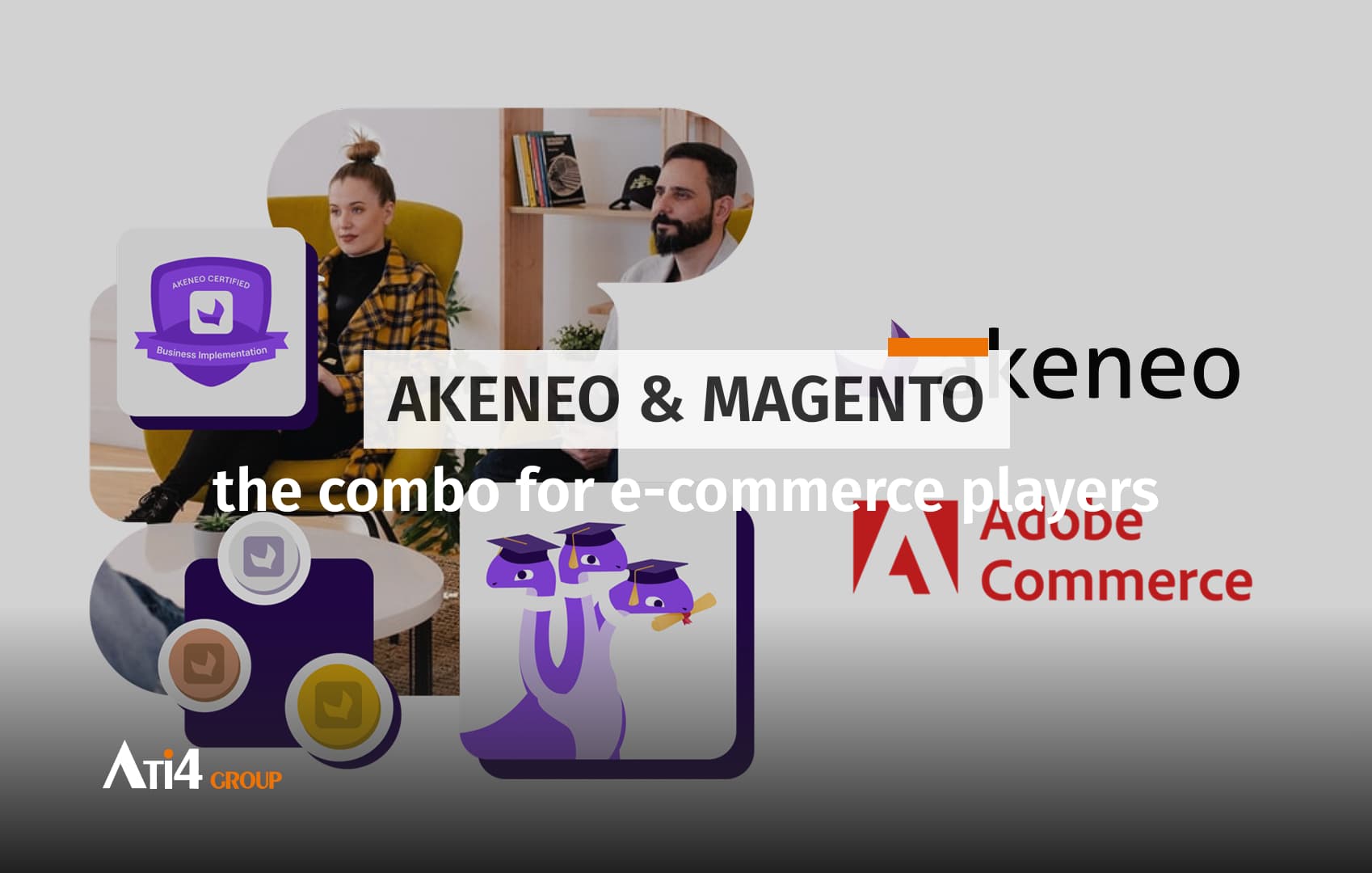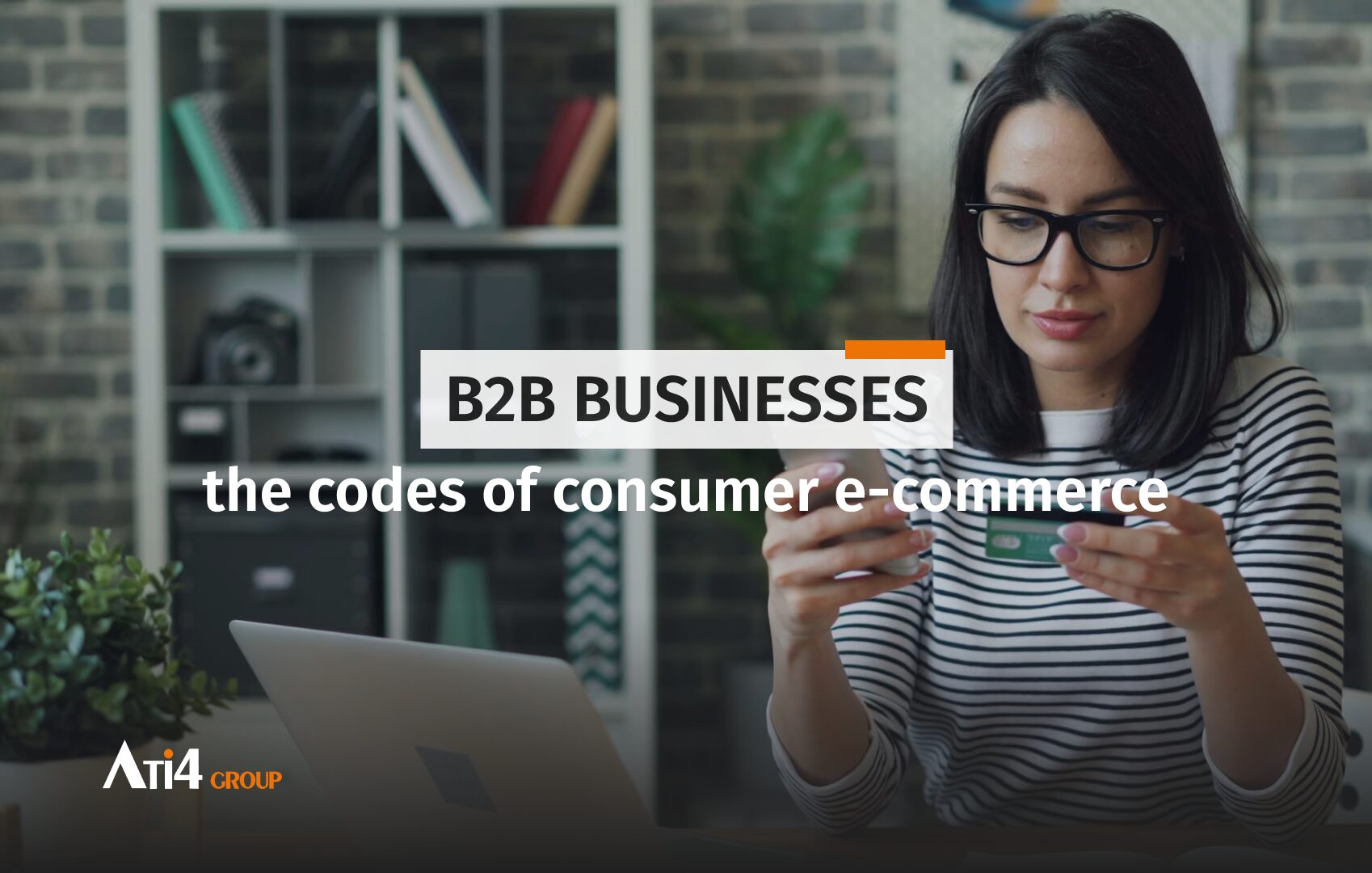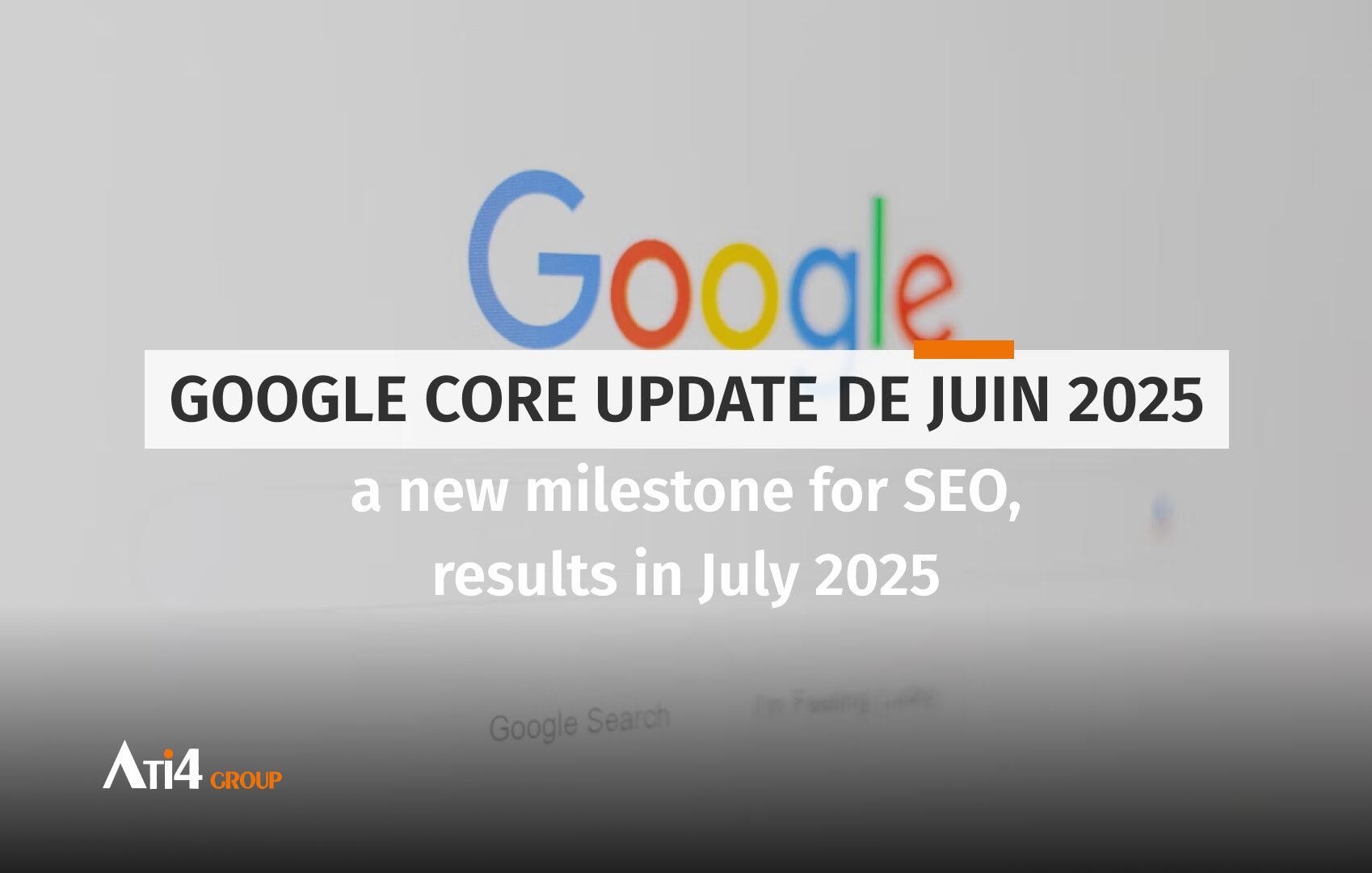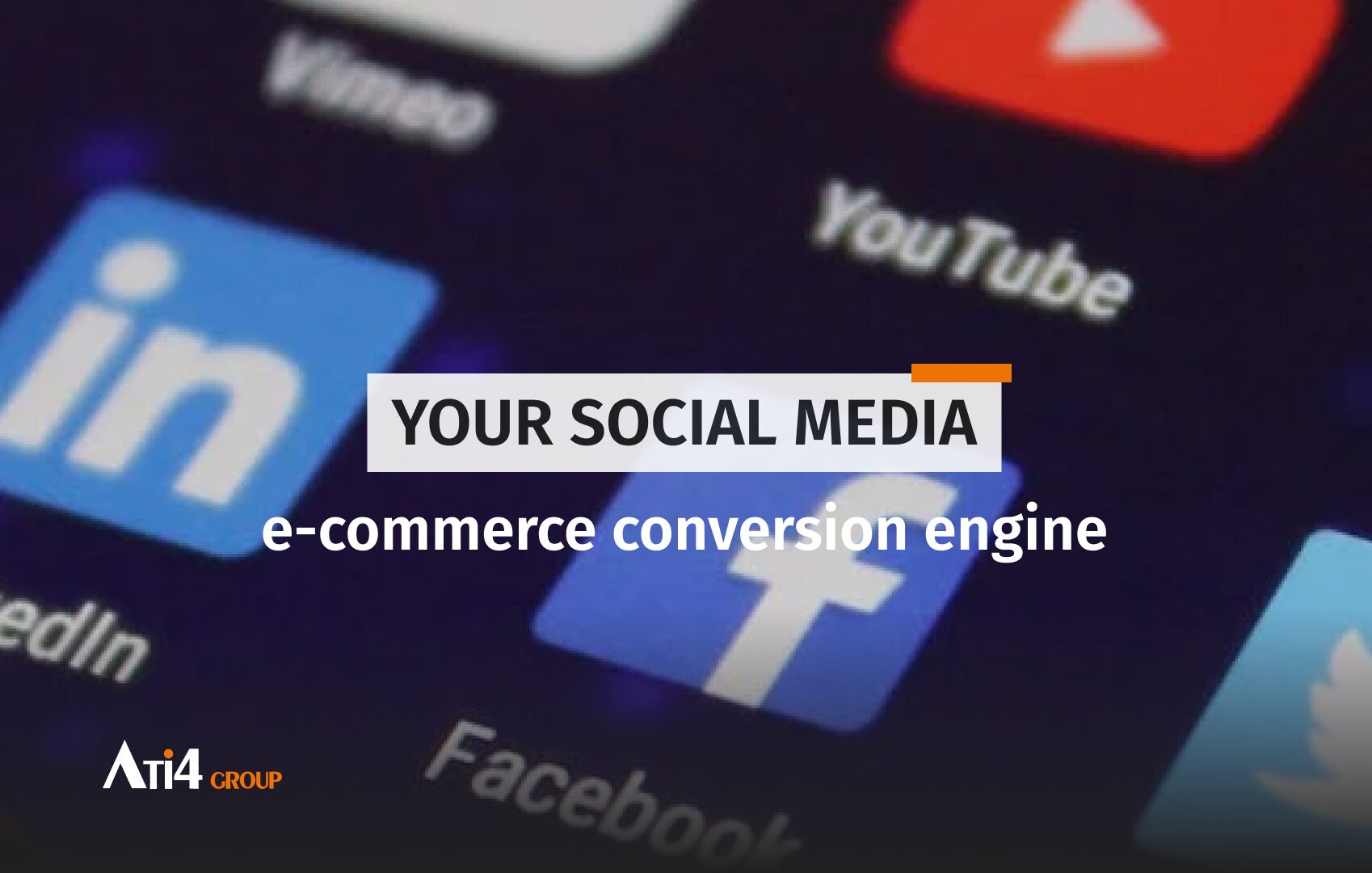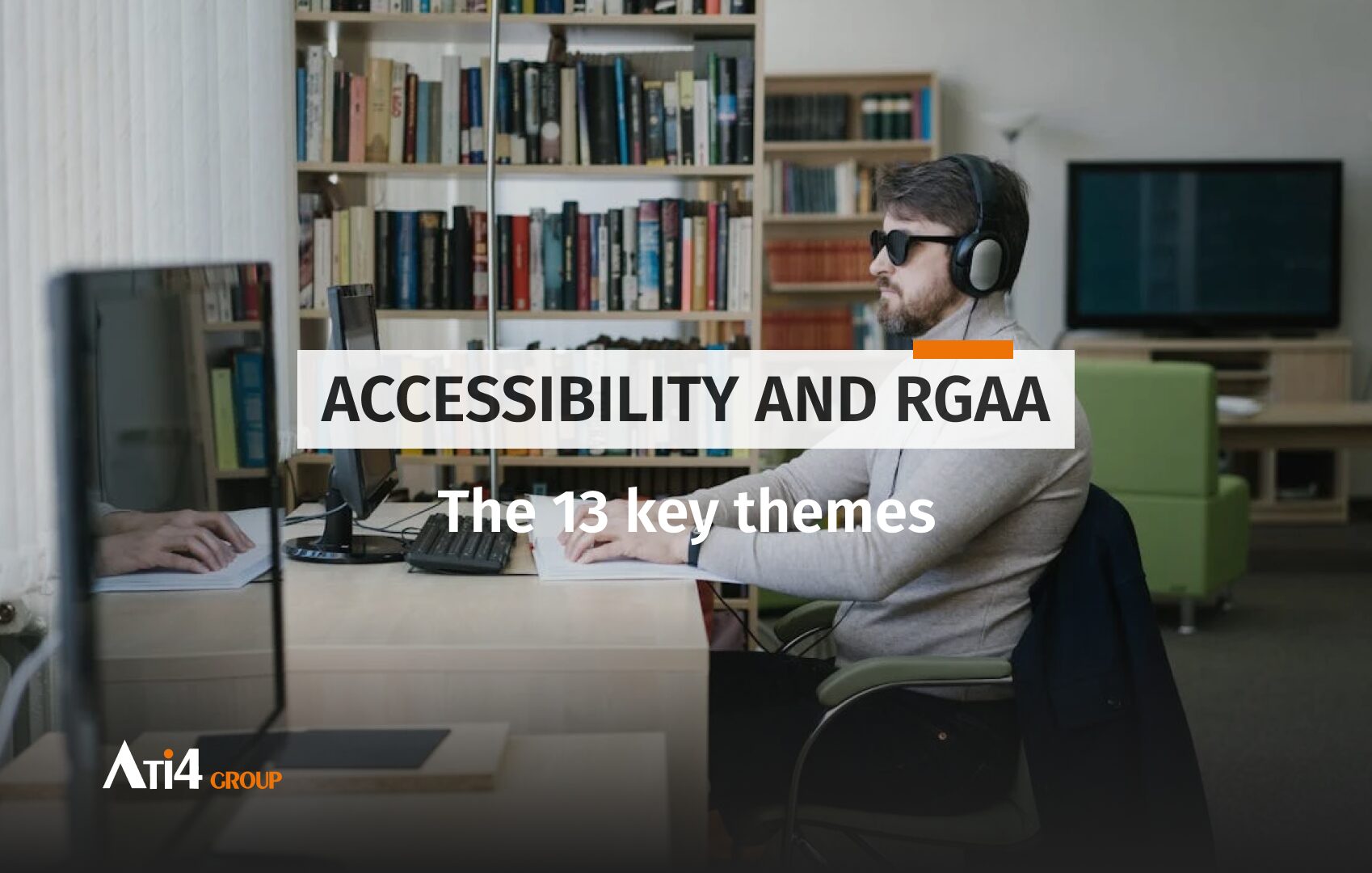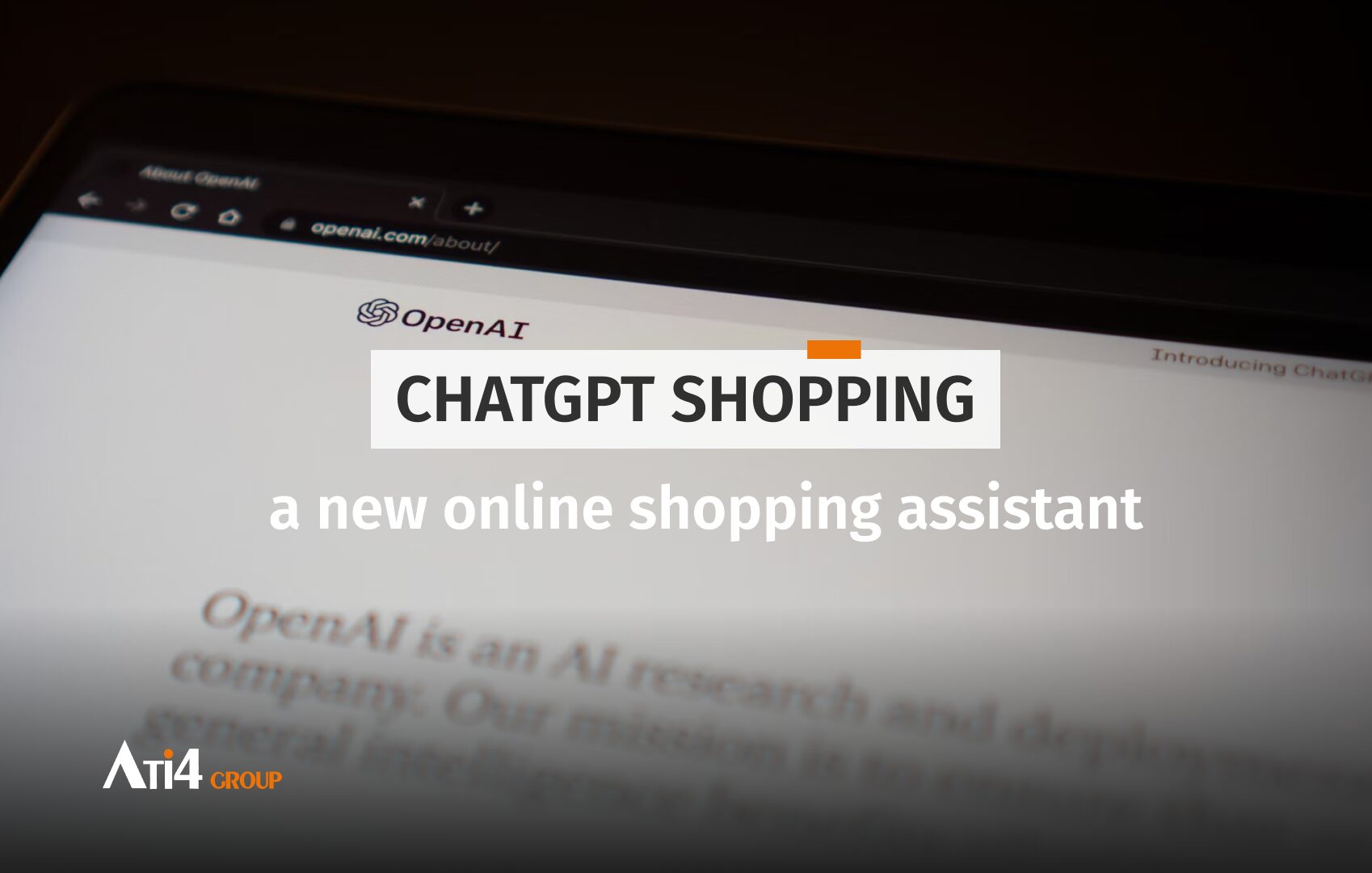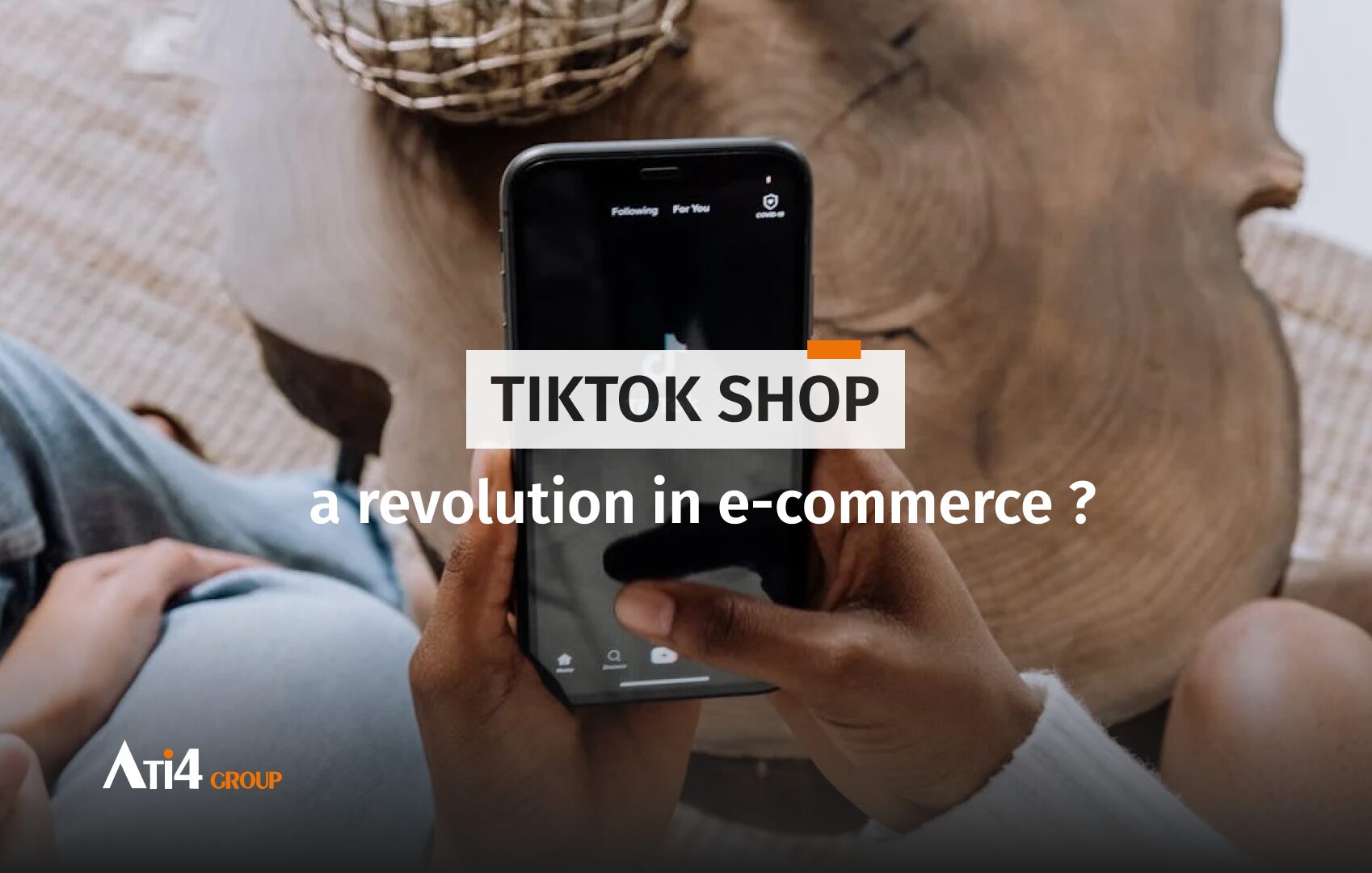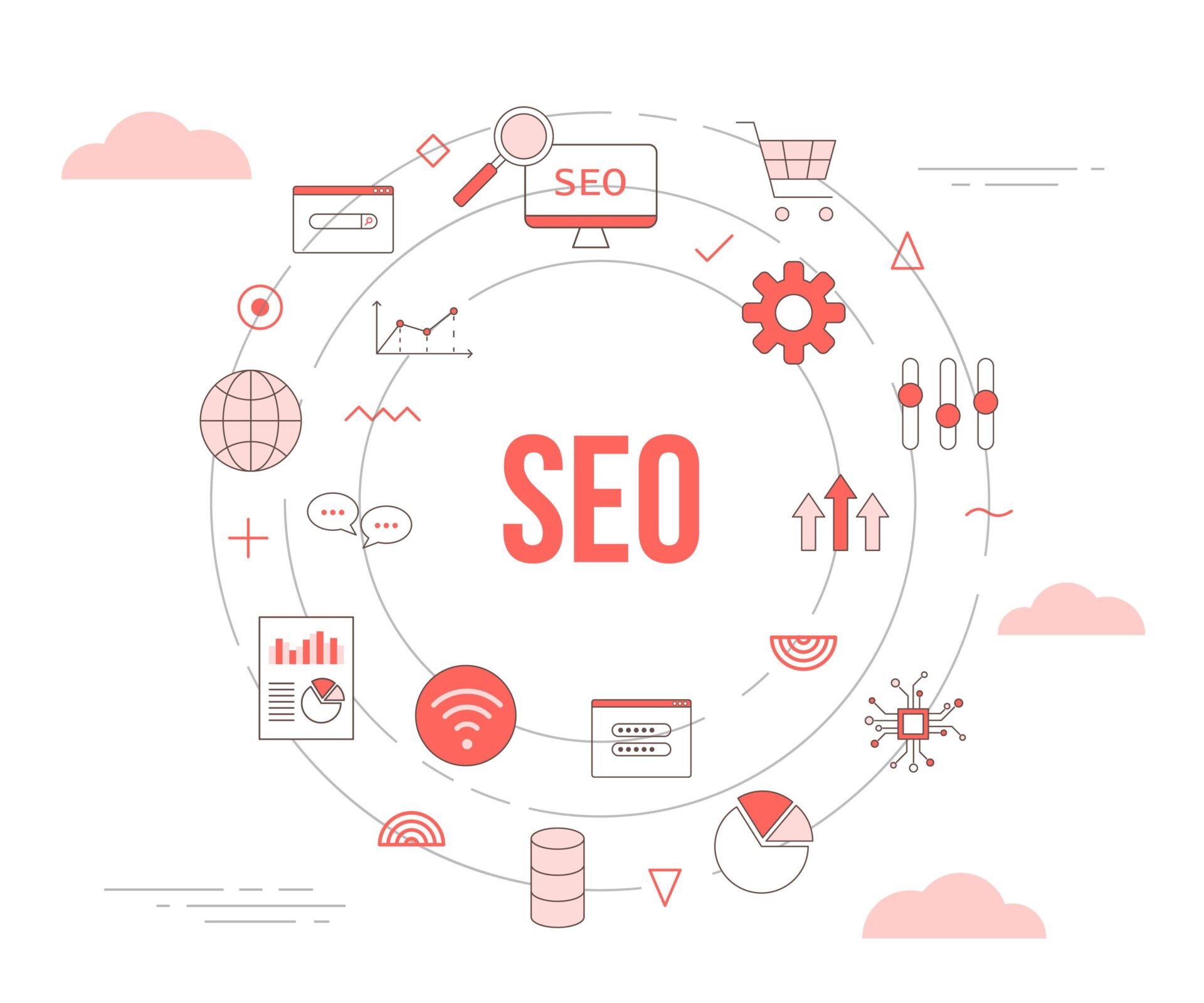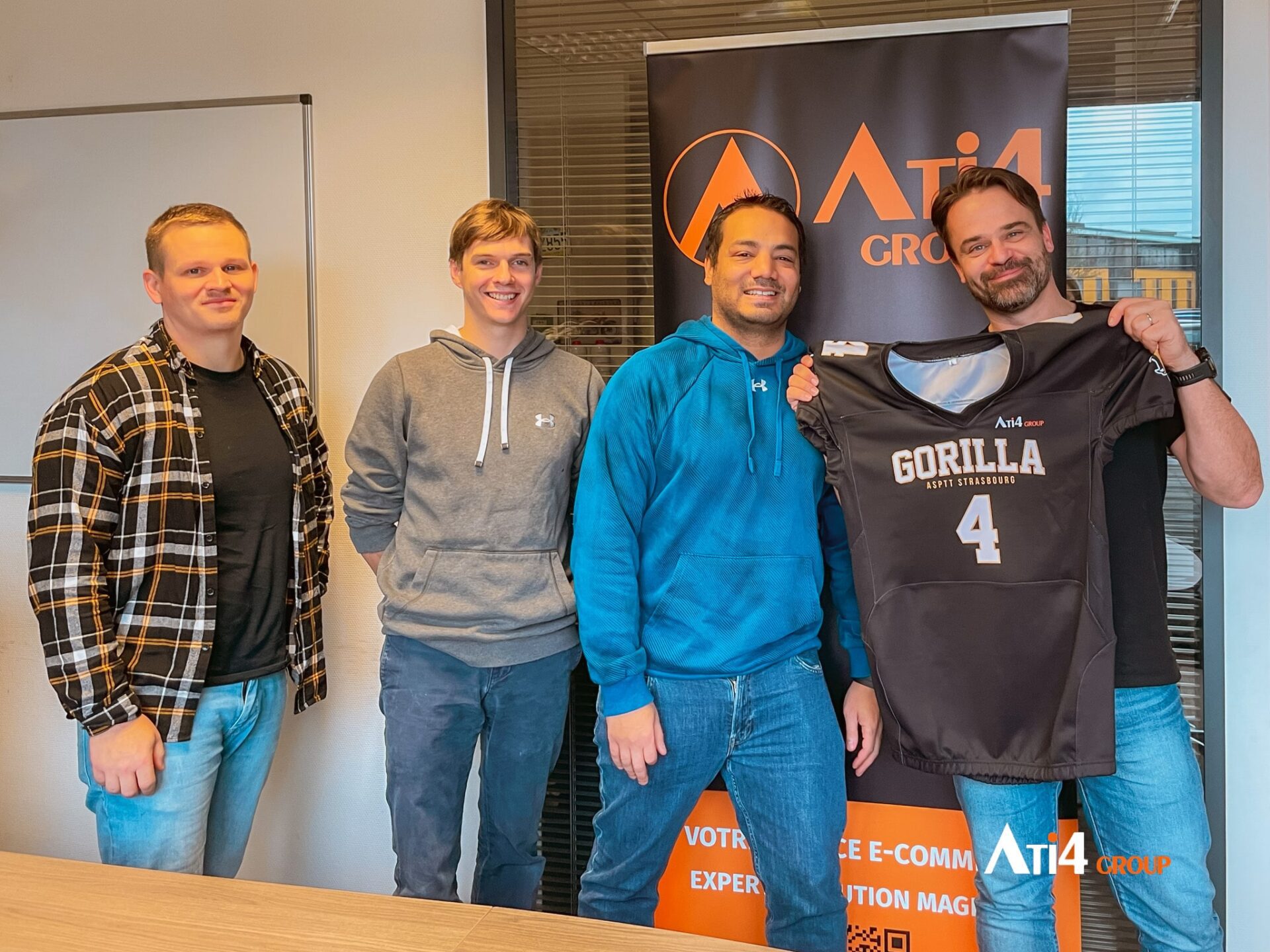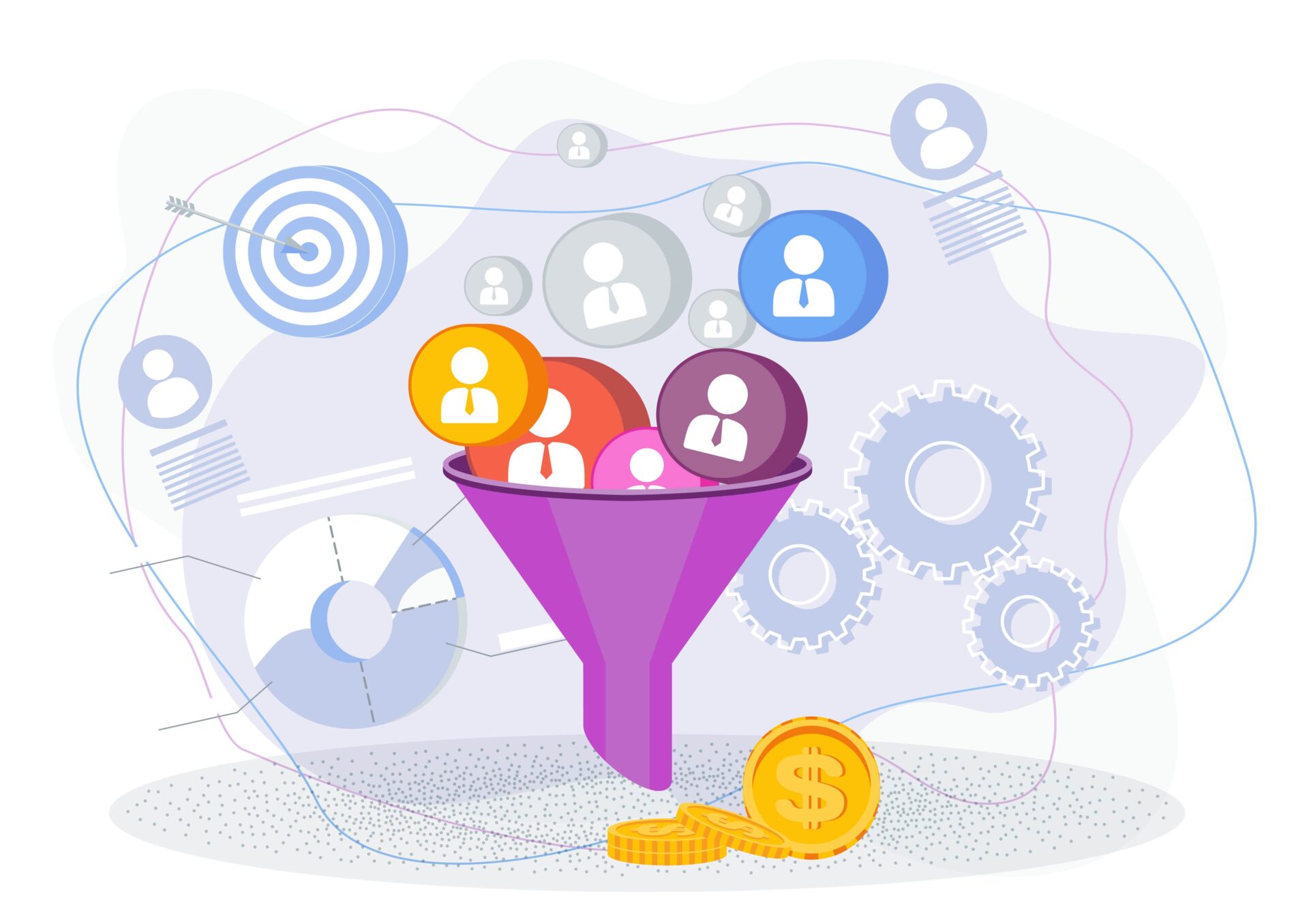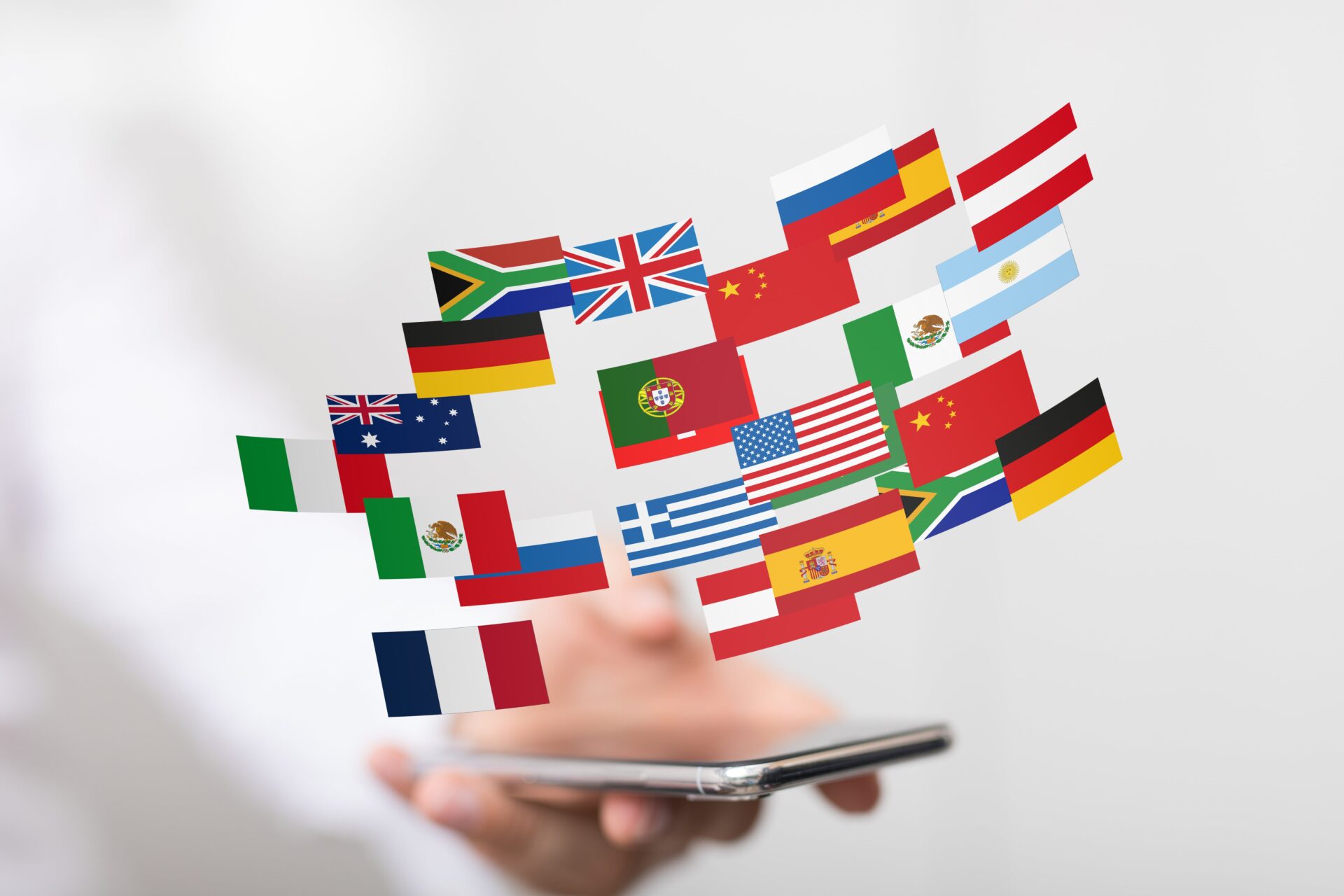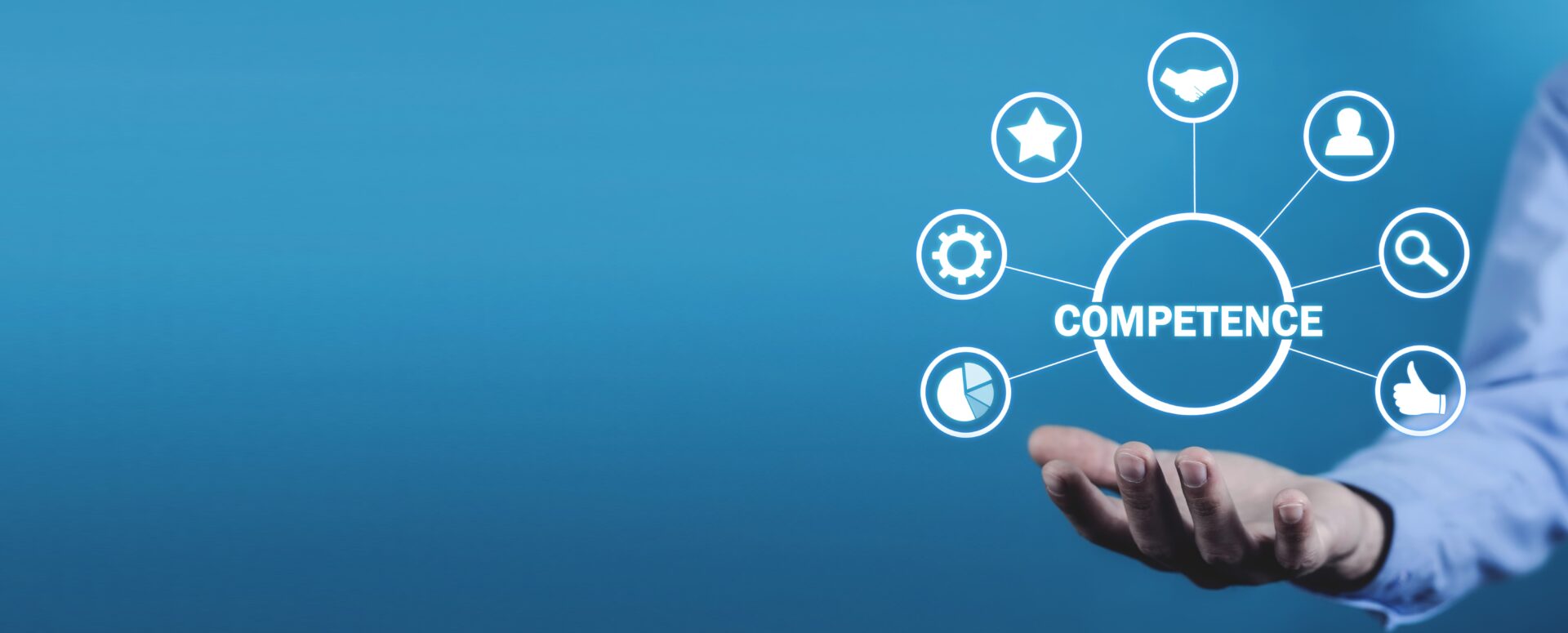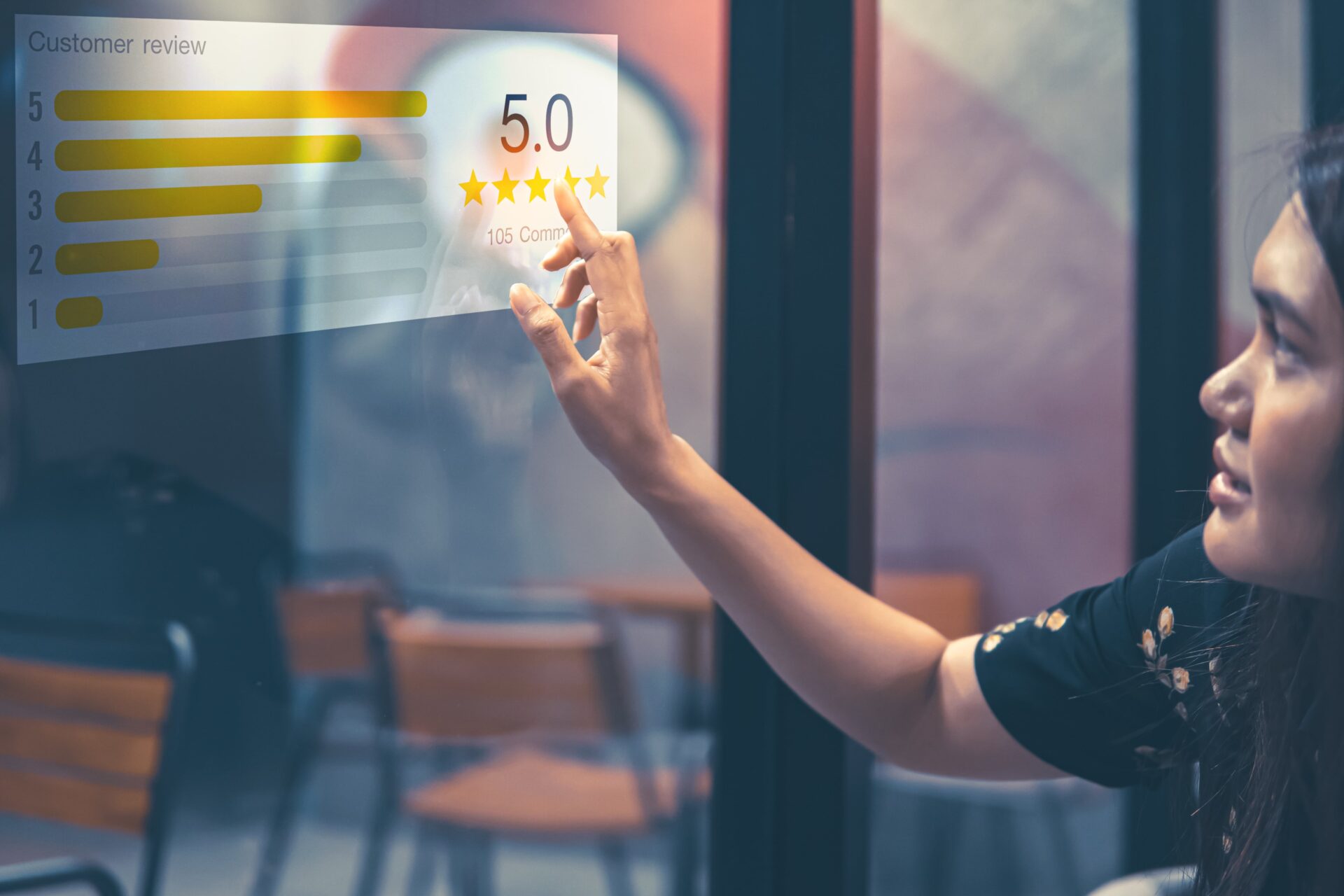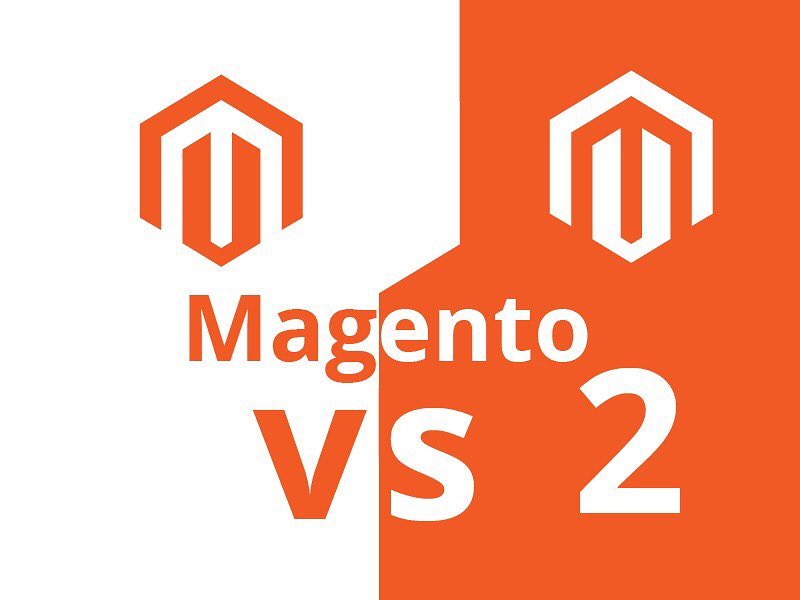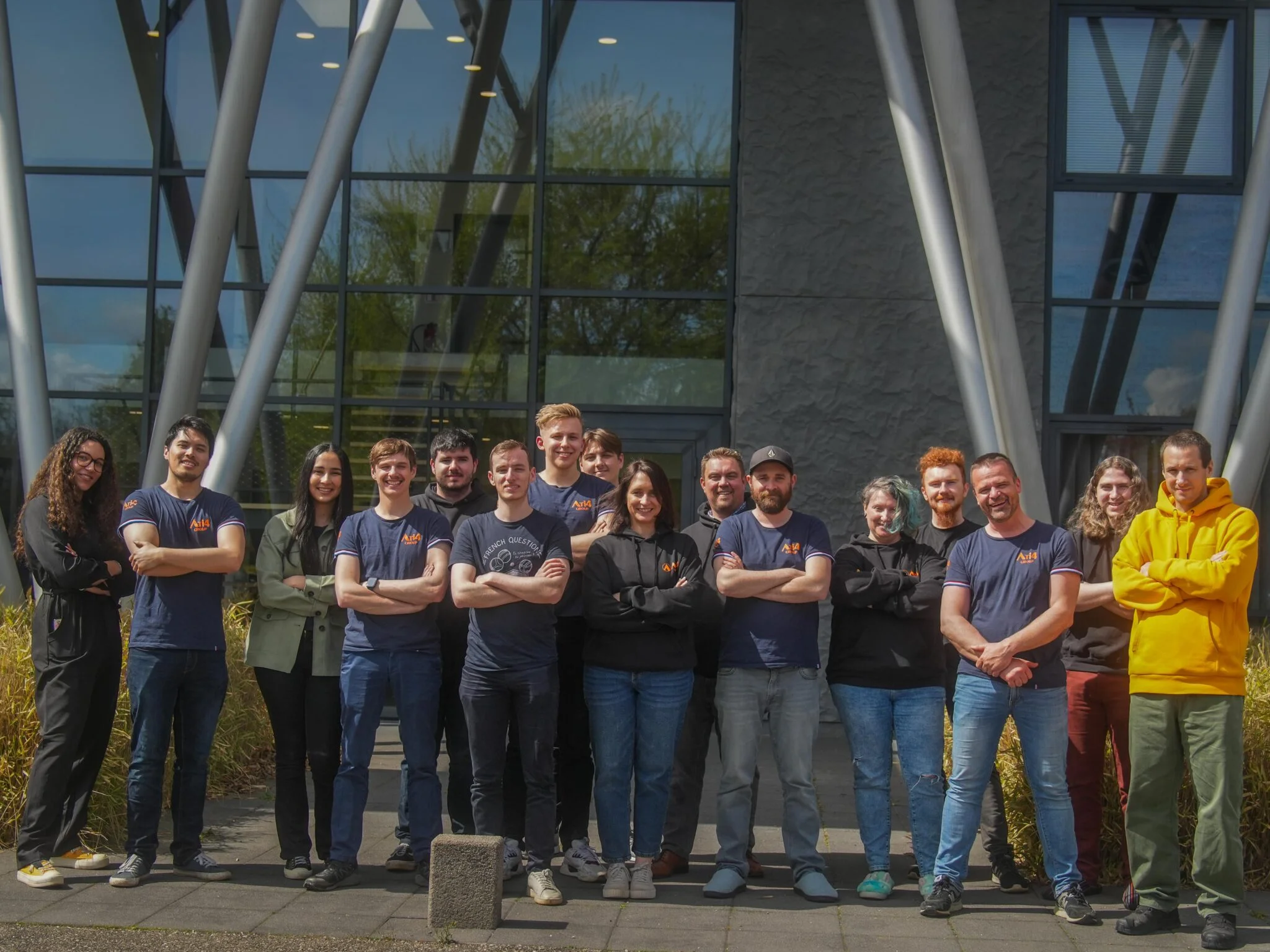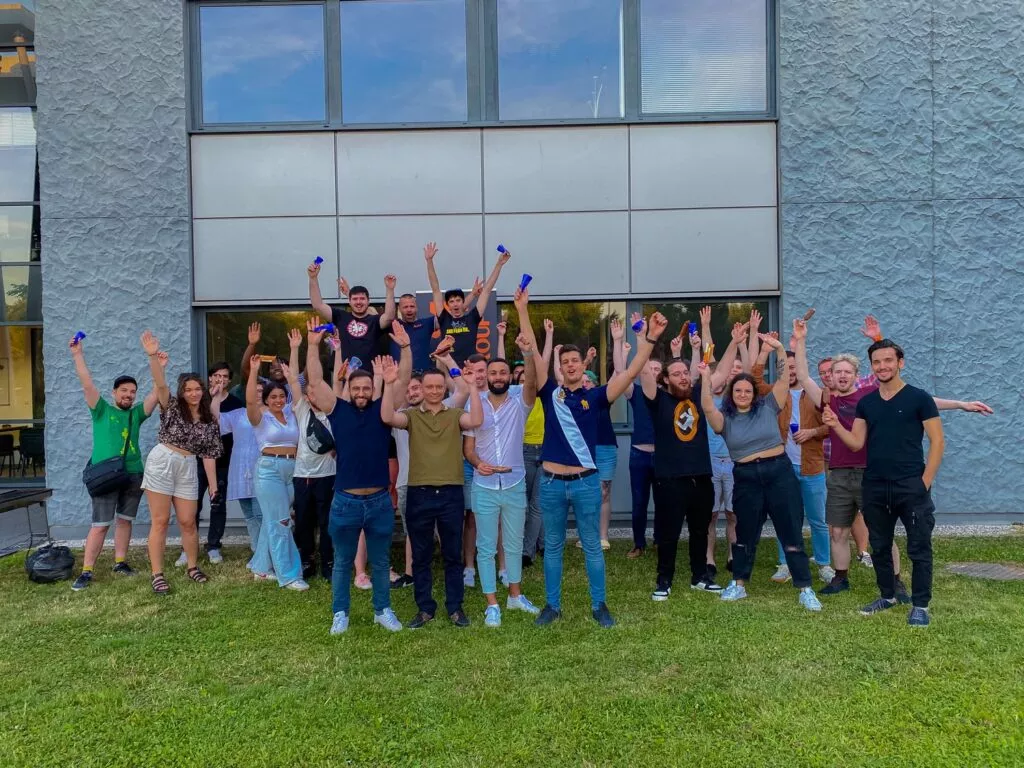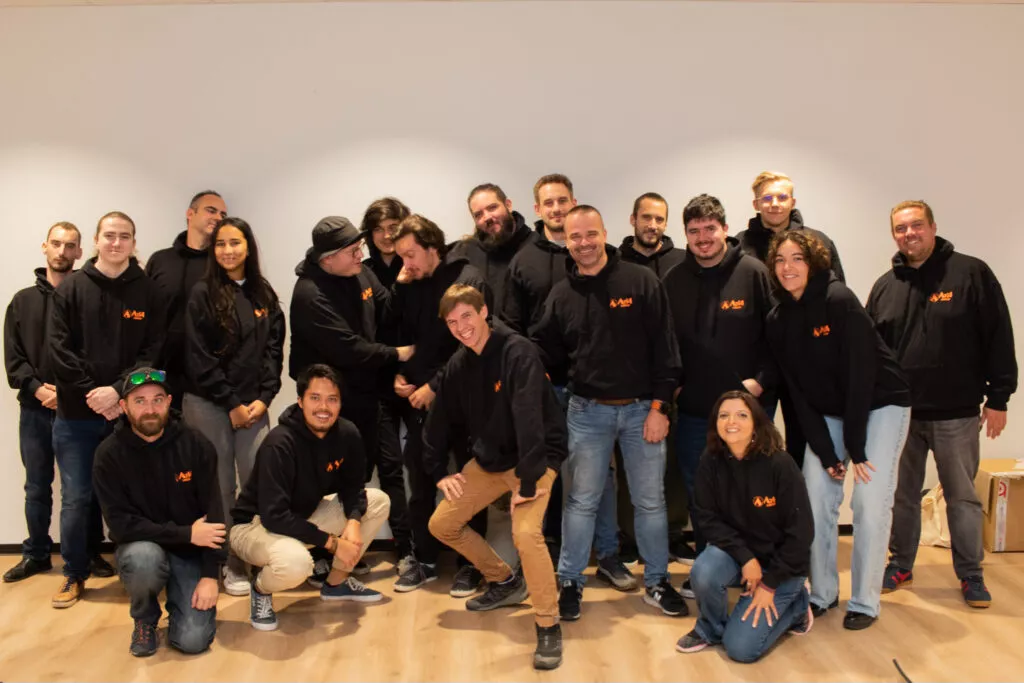Deploying your e-commerce project internationally.
by Cannelle Lemnos on July 11th, 2025
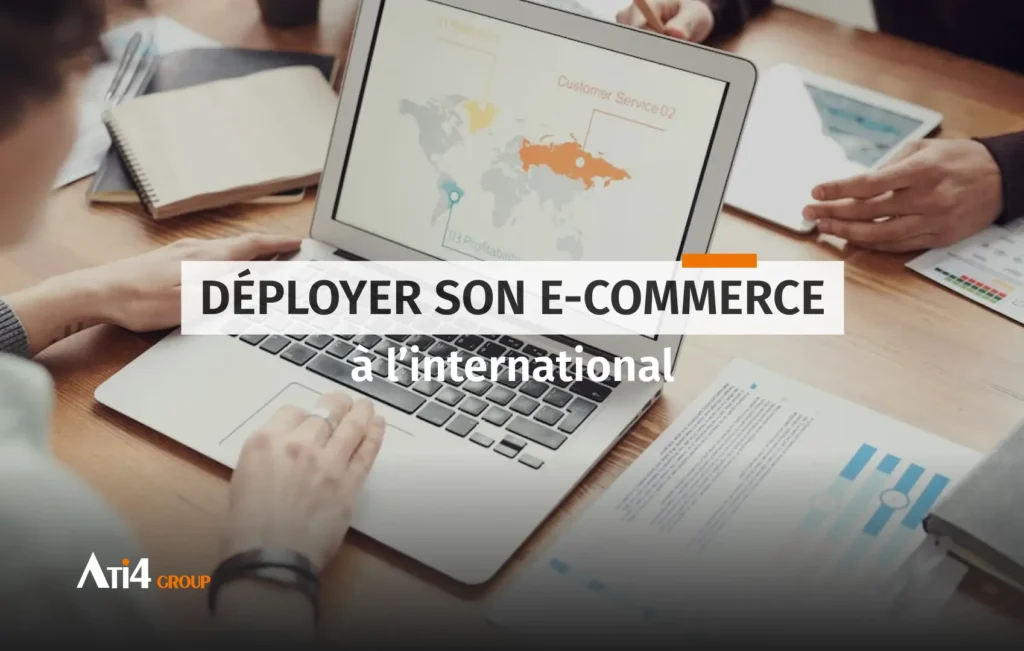
Expanding internationally is a crucial step for e-commerce businesses seeking to accelerate their growth worldwide. As online commerce gains momentum across all continents, going beyond borders represents a genuine development opportunity: reaching new customers, diversifying sales channels, strengthening brand image, and boosting revenue. In fact, according to the latest industry data, more than 66% of businesses say they plan to expand internationally in the coming years.
But be careful not to underestimate the scale of the undertaking. Launching an e-commerce site in new markets is not just about translating a few pages or enabling international shipping. It would be a mistake to think that you can simply duplicate an existing platform and expect it to perform abroad. On the contrary, it’s a complex process that requires thorough strategic planning from the very first steps.
It’s an ambition that’s growing among many brands, but it does not come without risks. Poorly prepared, internationalization can disrupt performance in the domestic market, lead to additional costs, and dilute commercial efforts. It therefore demands rigor, a strong capacity to adapt, and a well-constructed strategy.
International e-commerce deployment is precisely our core area of expertise. We’ve already supported numerous brands — including the NAOS group — in launching their e-commerce platforms across different countries. Thanks to this experience, we’ve identified the key levers to activate in order to turn a global ambition into a concrete success. We’re sharing all our insights to help you succeed — avoiding the most common pitfalls and establishing a lasting presence in your new markets.
Adapting to local cultural, regulatory, and economic specificities.
Launching your e-commerce site internationally presents a great growth opportunity, but this ambition cannot succeed without a deep understanding of each market’s unique characteristics. On a global scale, nearly one in two internet users has already made a purchase from a foreign website. This figure clearly illustrates how today’s consumers are willing to explore offerings beyond their borders. However, this openness to international commerce must not overshadow local expectations, as practices, preferences, and constraints can vary widely from one country to another.
Each target market has its own rules, cultural expectations, consumption habits, technical environment, and regulatory constraints. To succeed, you must thoroughly understand these differences and build a local presence that is credible, effective, and fully aligned with the specificities of the target country. This involves rethinking the technical organization of your platform, adapting your marketing approach, anticipating logistical challenges, and, most importantly, ensuring overall coherence between the local user experience and your brand identity.
Translating your website is not enough
The first mistake often made by companies beginning their international expansion is thinking that simply translating the site into another language will be enough to convince a foreign audience. In reality, success depends on a much deeper localization effort. It’s not just about converting words; it’s about immersing yourself in the local culture, its visual codes, social references, communication styles, and even emotional cues. For example, what appeals to a German consumer in terms of design may leave a Brazilian consumer completely indifferent. The vocabulary used, the tone of the message, the visuals displayed, the formats of offers and promotions — everything must be designed to resonate with the sensitivities of the target market.
Let’s take a concrete example. When supporting the NAOS group — a major player in the cosmetics industry — across several international markets, we saw how cultural adaptation can make a real difference. In Latin America, the success of the project went far beyond translating product pages into Spanish. It required implementing commercial offers aligned with the local calendar, creating visuals tailored to regional aesthetic trends, and adjusting the user journey to match local browsing habits. Every detail matters, and it is within this level of granularity that the effectiveness of a site abroad is determined.
Structuring your approach
Beyond cultural differences, local regulatory constraints also weigh heavily on the deployment of an e-commerce site. Every country has its own standards for data protection, payment processing, taxation, and after-sales service. In Europe, for example, the GDPR requires companies to ensure complete transparency and a high level of security when processing personal data. Conversely, in certain parts of Asia, technological integration takes priority: payment systems like Alipay or WeChat Pay have become essential, as has an ultra-smooth mobile experience. Ignoring these local realities means running the risk of delivering a technically unsuitable site and losing visitor trust.
To successfully execute this kind of deployment, it is crucial to structure your approach from the outset. This begins with targeted market research, including a detailed analysis of purchasing behaviors, consumption patterns, logistics preferences, and marketing expectations in the target country. A brand looking to establish itself in Europe may benefit from relative uniformity (common currency in the Eurozone, geographic proximity, shared regulations), but it cannot overlook the specificities of each individual member country, whether in terms of preferred shipping providers or online shopping habits. In contrast, markets like Japan, Canada, or the Gulf countries will require much more significant adaptations — both legal and cultural.
Choosing the right technical infrastructure.
When discussing international deployment for an e-commerce site, the question of technical infrastructure cannot be pushed aside. In fact, it is one of the fundamental pillars. Too often seen as a mere extension of the existing site, the technological aspect of international development actually requires a robust, scalable architecture — and most importantly, one that can adapt to the diversity of targeted markets. This includes content management, performance, scalability, local integrations, maintenance, and compatibility with specific regional standards.
The strength of Magento (Adobe Commerce)
Adobe Commerce (Magento), which we use daily, allows for the management of multiple markets through its multistore system.
During the international rollout of the NAOS group — parent company of brands like Bioderma, Institut Esthederm, and État Pur — this architecture enabled us to build a centralized structure with a single codebase, while finely localizing each store to meet the specific needs of each market: language, currency, payment methods, taxes, logistics rules, promotions, user journey… everything can be configured at a local level without compromising the global technical foundation.
In practice, the approach relies on a single-instance-per-region system, in which each country has its own linked “website”. This model allows for excellent multistore management with Magento: within the same instance, you can manage sites for France, Germany, Switzerland, or Spain, each with its own content, languages, and business rules. In a country like Switzerland, this even means handling multiple languages (German, French, Italian) within the same local site, all while ensuring a consistent and seamless user experience. Typically, English is also made available on each site to capture international users and expatriates.
Rather than starting from scratch for every new site, we always begin with a “parent site” that serves as the foundational base. This site contains all the cross-functional modules, features, and configurations. When creating new sites, we reuse this base, which allows us to industrialize the deployment process, reduce costs and timelines, and ensure consistent quality. Differences between sites are then managed through localized overrides, both on the back-end and front-end.
Magento’s modularity is also essential when it comes to integrating third-party tools specific to each country. Currencies and payment solutions, in particular, vary widely: Klarna for the Nordics, PayPal and Apple Pay in the U.S., iDEAL in the Netherlands, or Alipay and WeChat Pay for China. The same goes for CRMs, loyalty programs, marketing automation platforms, or marketplace integrations. A well-designed technical architecture should enable easy integration of these tools, even when specific to just one region, without overloading the overall system.
Hyvä for performance
Performance is another critical issue. A fast site converts better — especially in countries where internet connections may be less stable.
Implementing Hyvä — a modern front-end for Magento — is currently a particularly well-suited solution for international markets. Hyvä significantly reduces load times while simplifying front-end interface management. Its lightweight architecture is designed for a fast, smooth user experience and can be easily customized per market. It also improves the management of multi-storefront projects through a shared front-end codebase that can be easily adapted, making it an excellent ally for large-scale e-commerce operations.
International deployment does not mean launching everything at once. It is often a progressive strategy, executed market by market based on a defined roadmap. For NAOS, for example, we support the group in a sequenced approach, with a multi-year rollout plan. This not only enables efficient resource management but also allows insights from one market to improve the success of future deployments.
Deploying a localized and cohesive strategy.
Once the technical and organizational foundations are in place, the real challenge of international deployment lies in orchestrating a marketing strategy that is both globally coherent and finely tuned to local markets. It’s not simply a matter of duplicating the same campaigns across countries with a few linguistic tweaks. For an e-commerce brand to perform internationally, it must combine a global strategic vision with a local execution that is relevant, engaging, and culturally aligned.
You must think global and act local. That’s the key to building a strong presence in each market. The goal is to maintain brand consistency (tone, image, values, identity) while accounting for cultural sensitivities, consumer habits, and preferred channels. For example, a campaign that’s highly effective in Germany — focused on product guarantees and technical comparisons — might fall flat in Brazil, where emotional appeal, storytelling, and partnerships with local influencers play a far more decisive role.
Customer experience
A localized customer experience is also a key factor in conversion. It starts with translation — but high-quality, professional translation that’s contextualized and culturally sensitive. Even the difference between British English and American English can be enough to create a disconnect in perception. The site’s design, image choices, information hierarchy, as well as date, price, or size formats must all be tailored to local conventions. UX should follow the standards of the target market. For example, Japanese users often expect a denser page layout, whereas Scandinavians tend to prefer a clean, minimalist design.
Studying user behavior to build trust
Browsing behavior also varies widely across regions. The “hot zones” on an e-commerce site — the areas most clicked or visually scanned — differ based on cultural habits. Adapting user journeys accordingly can boost engagement and reduce friction. Likewise, expectations around trust signals and security can vary. While some markets focus on authentic customer reviews or trust badges, others pay closer attention to return policies or the clarity of terms and conditions.
Trust is one of the key pillars of conversion, especially when selling to foreign customers. To build trust, you must offer accessible, multilingual contact options. Transparency is your best ally.
From a logistics perspective, expectations vary too. German consumers are highly demanding when it comes to on-time deliveries, whereas other markets may allow more flexibility — as long as communication is clear and updates are provided.
The project we led for Uniwax, a leading Ivorian brand, is a perfect example: fast page loading was a major challenge in a context where internet access is expensive and sometimes unstable. By choosing Hyvä, we delivered an ultra-light interface that loads quickly even in tough conditions. This technical optimization led to a smoother user experience, which directly improved the conversion rate.
Investing in SEO
But beyond the technical aspect, local marketing must be a priority — starting with international SEO. This goes beyond translating keywords; it means researching real local search intent, and adapting the entire site structure to match the behavior of your target audience.
As for SEA and paid campaigns, again, adaptation is key. Messaging must be locally relevant, ad formats optimized for the most-used platforms, and campaign timing aligned with local holidays and events (Black Friday, Ramadan, Chinese New Year, Golden Week…). Working with local experts or agencies can make a real difference.
Thinking locally means adapting your strategy in its entirety — without compromising global consistency. That’s the real challenge: building an international model that can adapt to each market while preserving brand unity, operational efficiency, and strategic clarity.
Proven expertise to support your international growth.
We understand that expanding internationally is a key milestone in the journey of your e-commerce site and your overall business strategy. And for that, you’ll need more than just tools: you need a vision, a method, and a trusted partner.
For several years, we’ve been supporting ambitious brands in their international e-commerce rollout. Together, we build a robust, scalable, and high-performing international e-commerce ecosystem, designed to meet the demands of your target markets while maintaining global brand consistency. It’s also about aligning teams, processes, and tools around a shared ambition.
To dive deeper, listen to our podcast dedicated to international e-commerce, available on YouTube, Spotify et Deezer. Our experts share experiences, best practices, and practical advice to help you succeed in your expansion.
Ready to accelerate internationally ?
Find out what’s new at the company.
Because mixing fun and work is at the heart of our philosophy, we always try to make a special place for it in our business life.

